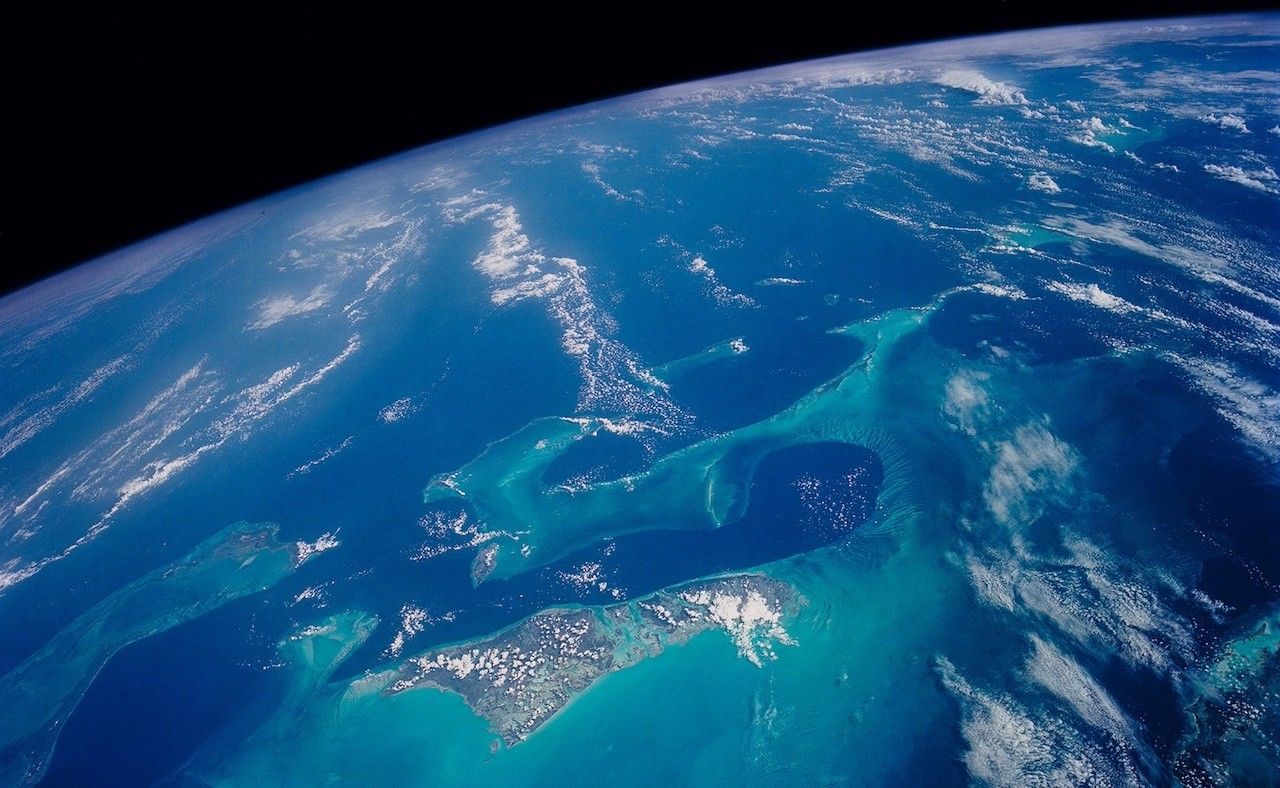The ocean is darkening.
Researchers say more than a fifth of the planet’s ocean — which makes up 70 percent of the surface of the Earth — has been subject to the darkening process over the course of the past two decades.
It occurs following changes in the optical properties of the ocean that reduce the depth of its photic zones, the surface layers of the ocean that receive sunlight and moonlight, where 90 percent of marine life live.
The consequences of continued shifts could be concerning — both for sea creatures and humans alike. Although there’s much we don’t know. A stunning 80 percent of the ocean remains unobserved and unexplored.
“If the photic zone is reducing by around 50 meters [55 yards} in large swathes of the ocean, animals that need light will be forced closer to the surface where they will have to compete for food and the other resources they need. That could bring about fundamental changes in the entire marine ecosystem,” Tim Smyth, the head of science for marine biogeochemistry and observations at the Plymouth Marine Laboratory, warned in a statement.
Smyth was one of the co-authors of the study, which was published recently in the journal Global Change Biology.

Possible ecosystem changes and animals moving closer to the surface could also be worrying for humans, who rely on the ocean for recreation, transport, and food.
The change could also upset the availability of smaller prey, including brown shrimp, tuna, and other pelagic fish. In addition, it could send predators into new waters that are closer to shore, and potentially to swimmers. That’s already happening thanks to climate change, as sharks follow schools of menhaden along the East Coast.
The precise implications of changes, however, are “not wholly clear” at this point, and 10 percent of the ocean has become lighter during the same time period.
Using data from NASA’s Ocean Color Web satellite, which breaks the global ocean down into a series of nine kilometer (5.5 mile) pixels, they were able to see changes on the ocean’s surface. The authors developed an algorithm to measure light in seawater and tell them the depth of the photic zone in each location. They also relied on models to look closer at changes during daylight and moonlight conditions, determining that changes in photic zone depth at night were small compared to the daytime.
The researchers found that more than nine percent of the ocean had seen its lit zones reduced by more than 50 meters, and just under three percent saw them reduced by more than 100 meters (109 yards).
Coastal changes are likely due to multiple factors, including nutrients entering the water because of increased rainfall and agricultural runoff. Climate change is also leading to heavier rain events. In the open ocean, harmful algal blooms spurred by climate-change-driven sea surface temperatures have helped to block light.
The most prominent changes were observed around the poles and the top of the Gulf Stream near Florida. Florida has seen multiple major harmful algae blooms in recent years, and a record bloom is headed for South Florida this summer.
The most prominent changes in photic zone depth in the open ocean were observed at the top of the Gulf Stream, and around both the Arctic and Antarctic, areas of the planet experiencing the most pronounced shifts as a result of climate change.

Darkening was also widespread in the Baltic Sea, which borders northern Europe and where rainfall on land brings sediment and nutrients into the sea, stimulating phytoplankton growth. Phytoplankton are microscopic marine algae and the base of several food webs.
“There has been research showing how the surface of the ocean has changed color over the last 20 years, potentially as a result of changes in plankton communities. But our results provide evidence that such changes cause widespread darkening that reduces the amount of ocean available for animals that rely on the sun and the moon for their survival and reproduction,” said Dr. Thomas Davies, an associate professor of marine conservation at the University of Plymouth.
“We also rely on the ocean and its photic zones for the air we breathe, the fish we eat, our ability to fight climate change, and for the general health and wellbeing of the planet. Taking all of that into account, our findings represent genuine cause for concern,” he added.
2025-05-29









